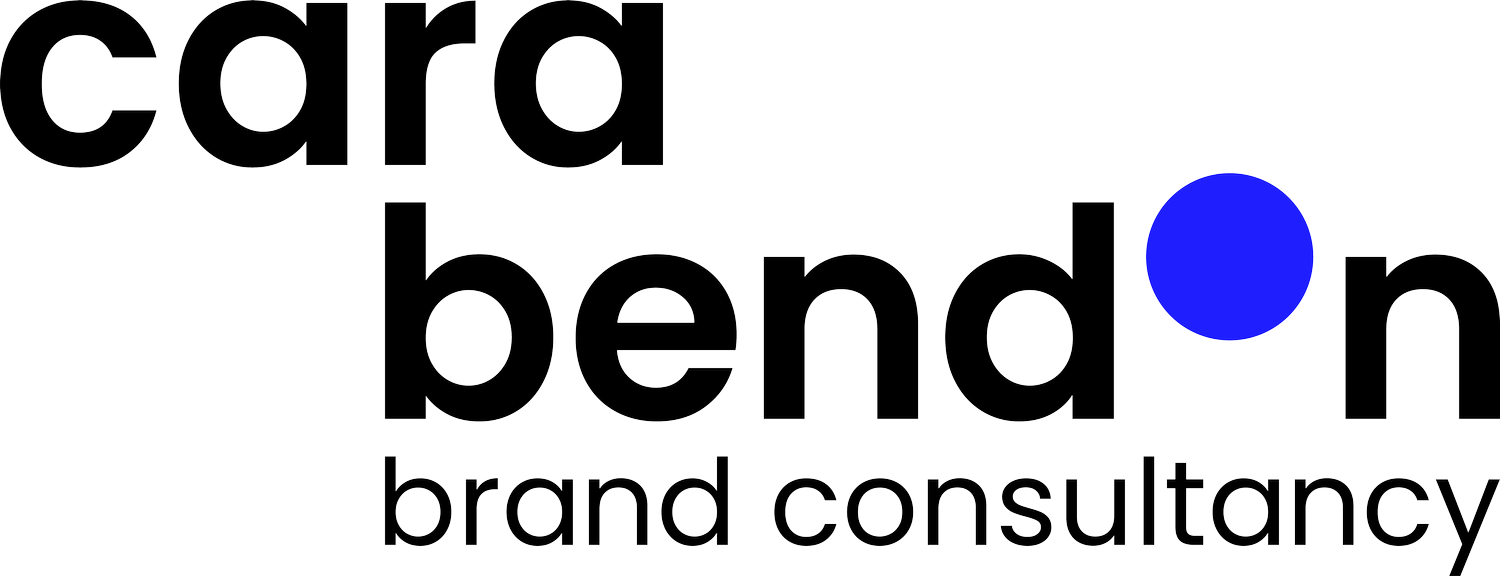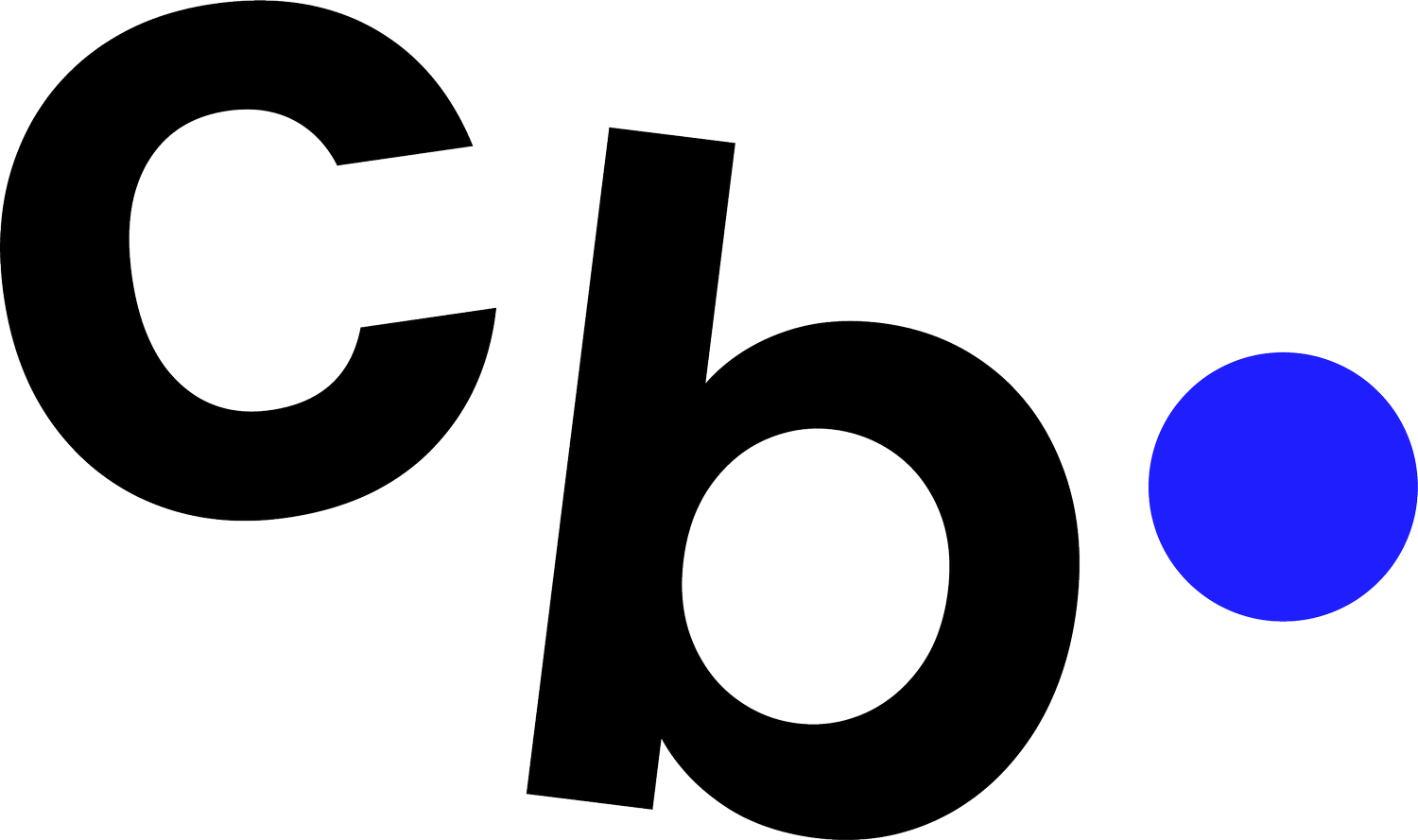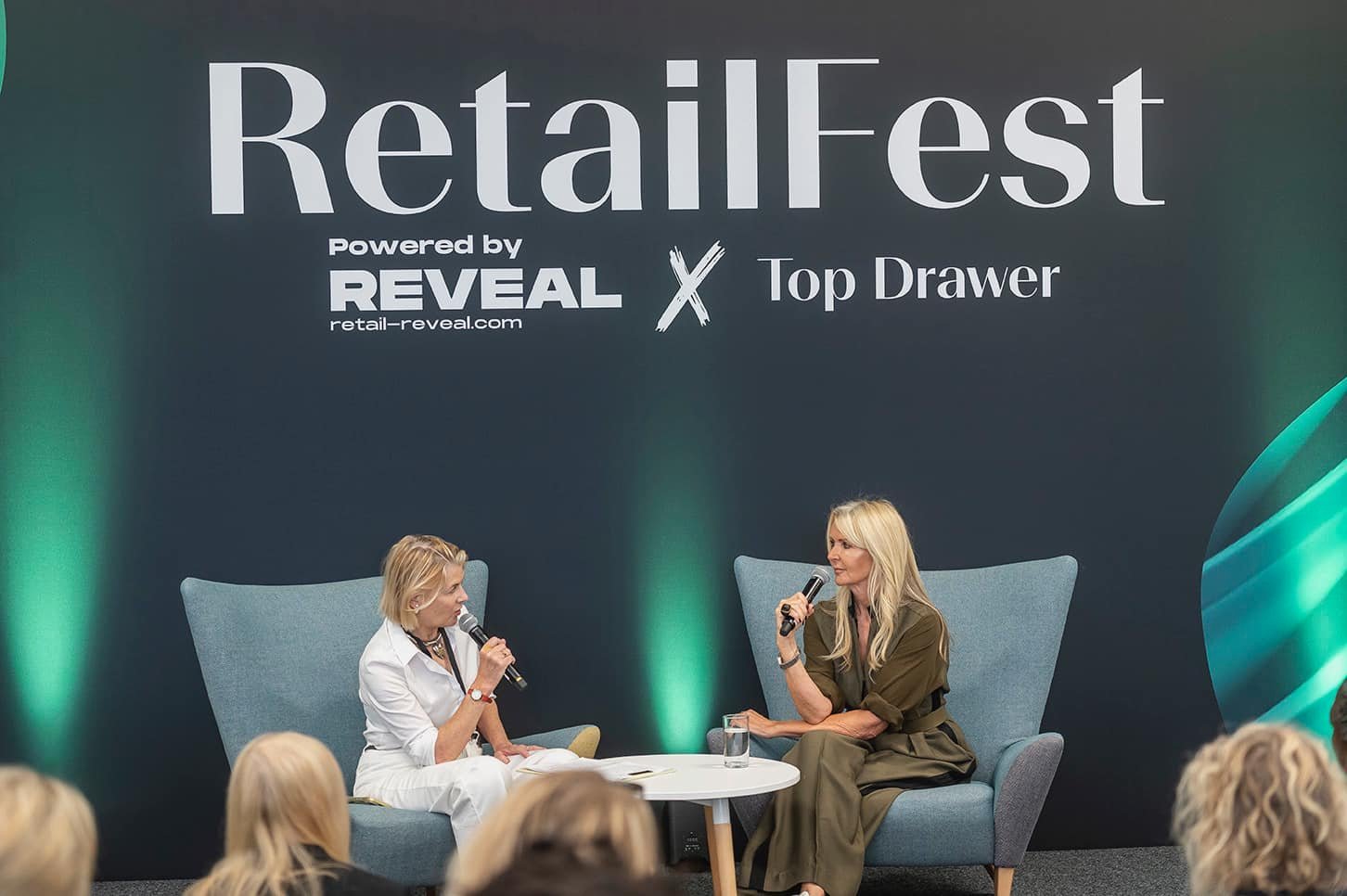5 Brand Tips from Amanda Wakeley
I had the pleasure to attend this interview between Amanda Wakeley (right) and fashion journalist Julia Robson at Top Drawer Autumn 2023. Image: courtesy of Top Drawer
When I saw Amanda Wakeley’s name listed on Top Drawer’s line up this Autumn, I knew I had to attend. I was just a child when she was propelled into the limelight, thanks to Princess Diana opting to wear one of her suit designs, and while her label sadly closed in 2021, there’s no doubt that Amanda Wakeley (OBE) built an incredible brand.
Indeed, seeing her in a casual but perfectly tailored khaki jumpsuit, elegant with long slick blonde hair and youthful demeanour, she is the embodiment of her brand, long before the term Personal Brand was mainstream.
So, what can we learn from Amanda when it comes to building a successful brand?
Start small
Viral moments can really accelerate your brand
Only your customer’s opinion matters
Embody your brand
Above all, be kind
1. Start Small
Amanda in one of her beautiful jacket designs, image courtesy of Amanda Wakeley
Having spent some time in the US, Amanda observed a different kind of style – relaxed and elegant – that just wasn’t available in the UK. It resonated with her personal style, so on her return she designed a few items, which she would make to order for her close friends. “I quickly realised there was a demand for [my designs] and that I needed to start properly, which I did in 1990. I wish I could say I had a massive business plan, but I did what I did because I had a passion for beautiful things. I got a loan of £20k from my father and I had to be very, very careful with that, hence the whole made-to-order approach of the business to start with, so there was no huge capital outlay.”
2. Lucky viral moments
What she did have was a small studio, and connections including Vogue’s deputy editor Anna Harvey, who was a fan of Amanda’s “clean glam aesthetic”. At the time, Anna was also Princess Diana’s stylist, and she went to Amanda for several designs for the princess, including a navy-blue power suit that would become world famous, thanks to Diana wearing it to announce her resignation from public office. The pictures were all over the papers, and the orders started to flow in “We sold hundreds of suits” she recalls “we couldn’t make enough!”. While not all fledgling brands can be so well connected, it does go to show that network is key, and that all it takes is one good influencer campaign, piece of PR or viral moment to propel your brand into public awareness.
The brand’s style was always chic and polished, with a relaxed and minimal quality. Image: Amanda Wakeley SS21
3. Only your customer’s opinion matters
In her Top Drawer interview, Amanda was asked how she coped with the ciritcal fashion journalists of the 90s and 00s who “could make or break careers”. She answered that she cared most about pleasing her customers - “If they loved the pieces, I was happy”. It’s clear that this is a value that led the brand, as Amanda shares with enthusiasm that her satisfaction came from “seeing every woman walk confidently when wearing my designs.” Indeed, hearing her speak about creating elegant designs for the comfort and elegance of women is so compelling that I found myself Googling for Amanda Wakeley designs on eBay and Vinted after the show! By centring the brand around the customer, Amanda built a brand with a magnetic appeal.
4. Embody your brand
Amanda looking effortlessly chic in one of her suits. Image courtesy of Amanda Wakeley
There were times in my business where people believed I only ever wore electric blue; this was no accident, it was my main brand colour and so I tried to wear a blue blouse, blazer or earrings every time I gave a talk. It was my trademark, and it succeeded in making people remember me and my business. Similarly, Amanda is most often seen in her own designs. Beyond this, she herself represents everything that is great about her brand – she is ambitious, successful and elegant in her chic wide leg trousers and sinched waist jackets, she is relaxed, at peace and feminine in silk blouses and flowing bohemian skirts. Put simply, Amanda Wakeley is the best advert for Amanda Wakeley.
5. Above all, be kind
An appreciation for kindness and a slower pace of life come through clearly when you hear Amanda speak. She talks about the importance of exercise and the joy of country walks with her dogs. This is a fairly different picture from the bustle you’d expect of running a fashion label. Of course, that’s in part because Amanda now no longer actively runs the label; but her definition of kindness felt very insightful. “Kindness is so important to the brand” she said “kindness to others, such as business contacts, and also kind clothing design – clothing that is sustainable and flattering for women. To help them feel their best selves.” When you look at Amanda’s career, you can see how this has underpinned her success: designing pieces that women want to wear, caring only about her customers’ opinions of her clothing and maintaining connections that saw her items worn by royals and celebrities. Take a leaf from Amanda’s book and see how kindness could be more than just a nice to have for business.





